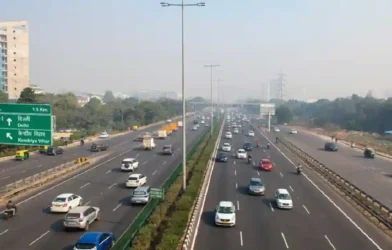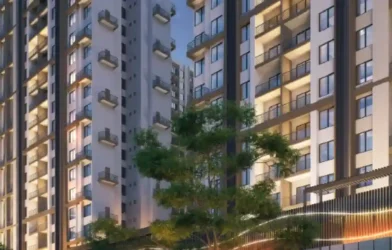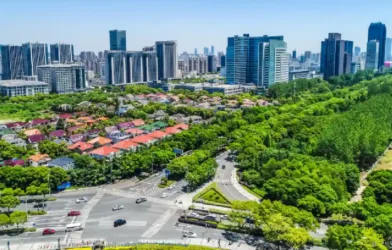Subtotal ₹0.00
Union Road Transport and Highways Minister Nitin Gadkari has said India’s infrastructure growth must remain centered around people, ensuring comfort, convenience, and seamless connectivity. Speaking at the CII National Conference on the ‘Future of Smart Roads – Safety, Sustainability and Resilience’ in New Delhi, he identified People, Prosperity, and Planning as the three key pillars guiding the next phase of development, while highlighting major initiatives to enhance logistics efficiency, green infrastructure, and technological integration in the road sector.
He noted that the road and transport sector presents vast opportunities for economic development, investment, and employment generation across the country, according to a report by knnindia.co.in.
The minister informed that the Ministry’s annual revenue, currently about Rs 55,000 crore, is expected to rise to Rs 1.4 lakh crore within the next two years, underscoring the sector’s rapid expansion.
To improve connectivity and logistics efficiency, work is underway to upgrade 25,000 kilometres of two-lane highways into four lanes.
A Rs 2 lakh crore port connectivity programme is also being implemented to link major ports with national highways.
On the theme of Planning, the Minister underscored the importance of sustainable and eco-friendly infrastructure, citing the transplantation of 8,500 trees along the Dwarka Expressway as part of ongoing green initiatives.
He also announced that the use of precast technology has been made mandatory in road and infrastructure projects to ensure quality, speed, and efficiency.
Calling for greater accountability among engineers and contractors, Gadkari urged all stakeholders to take collective responsibility for project execution.
Highlighting the sector’s scale, he stated that 80 percent of India’s goods traffic moves by road, 1 percent by air, and 18 percent through other modes, and that improved road networks will help bring logistics and fuel costs down to single-digit levels.
He noted that as India moves toward developing Smart Roads, the priority will be to blend technology with key public services, including pedestrian facilities, EV charging stations, fuel outlets, parking areas, and modern roadside amenities — 670 of which have already been created across the country.












